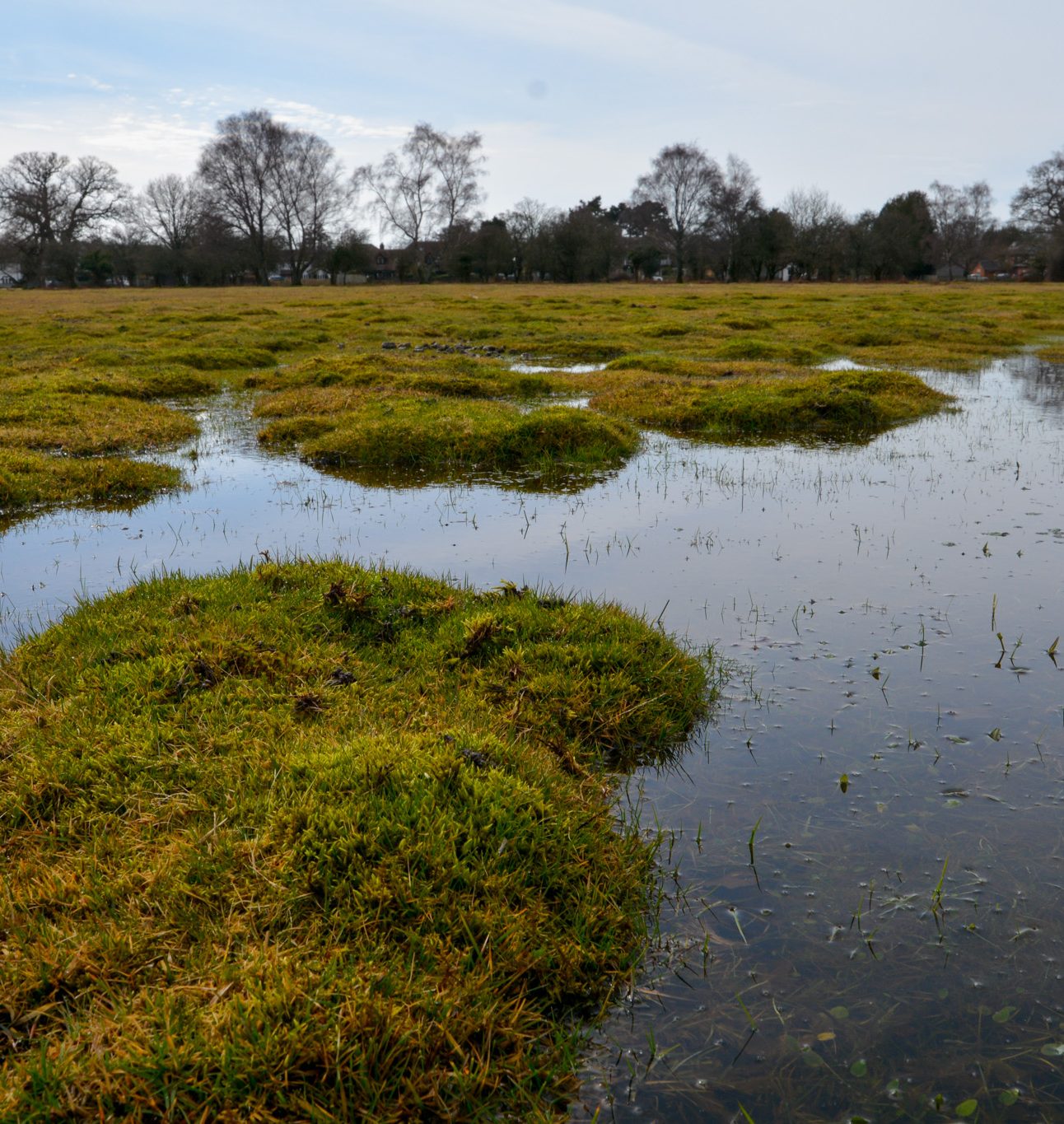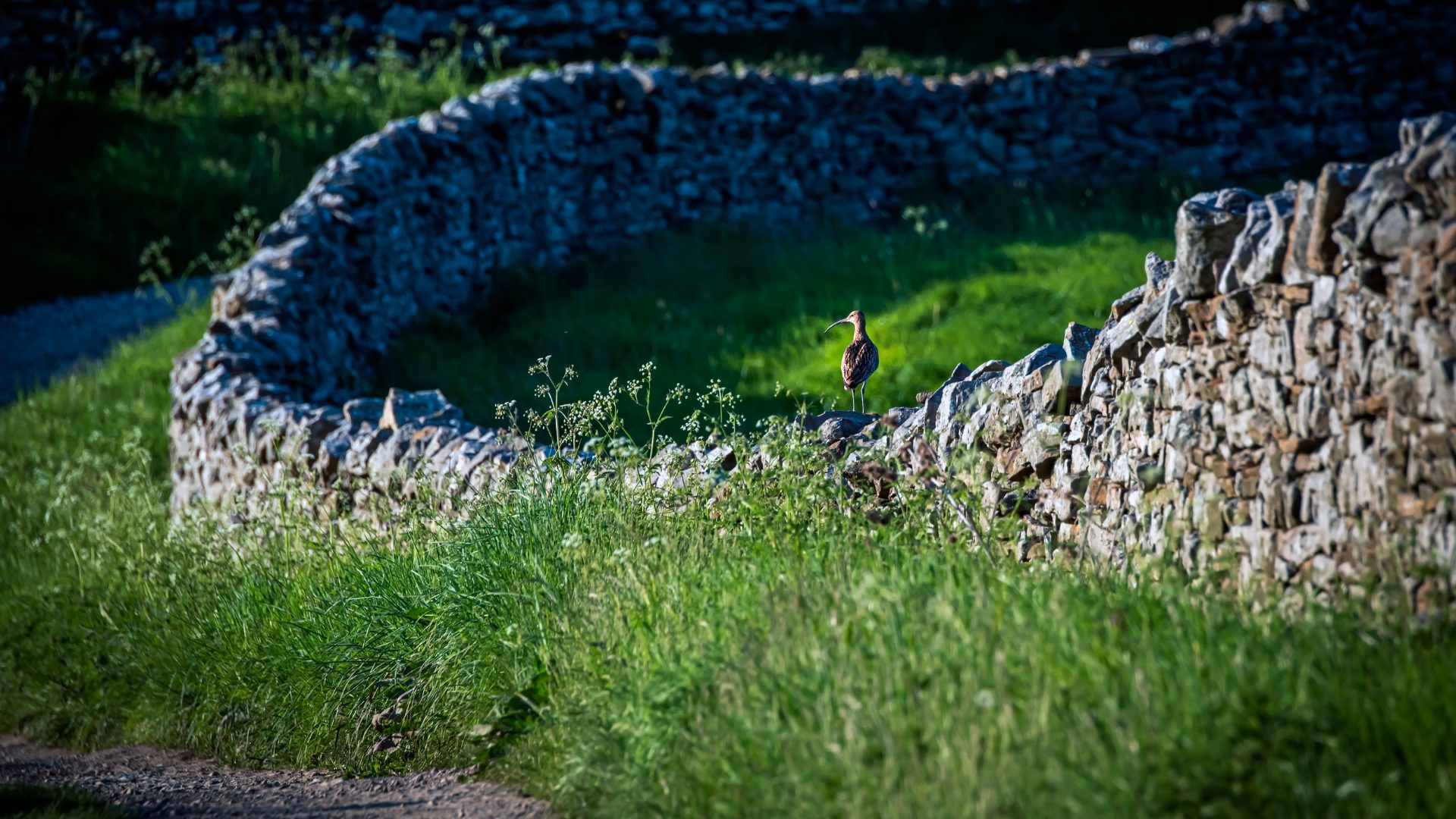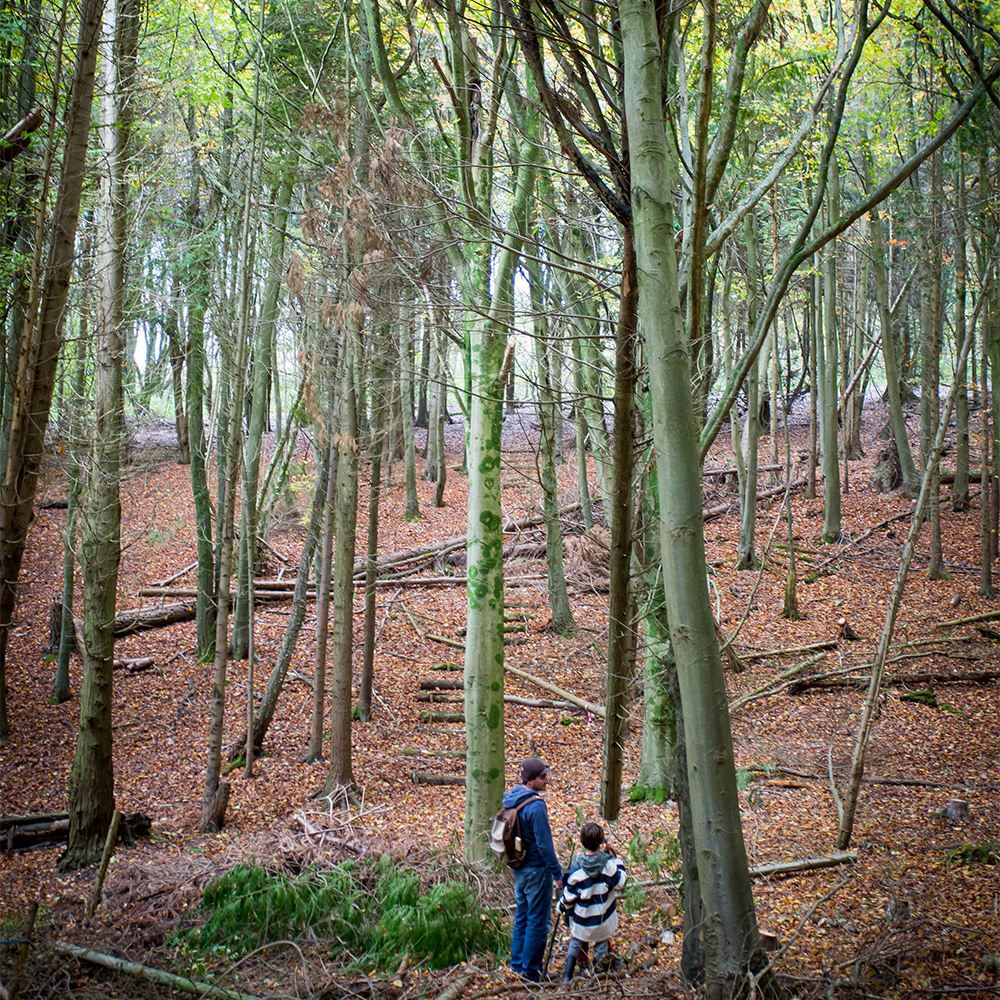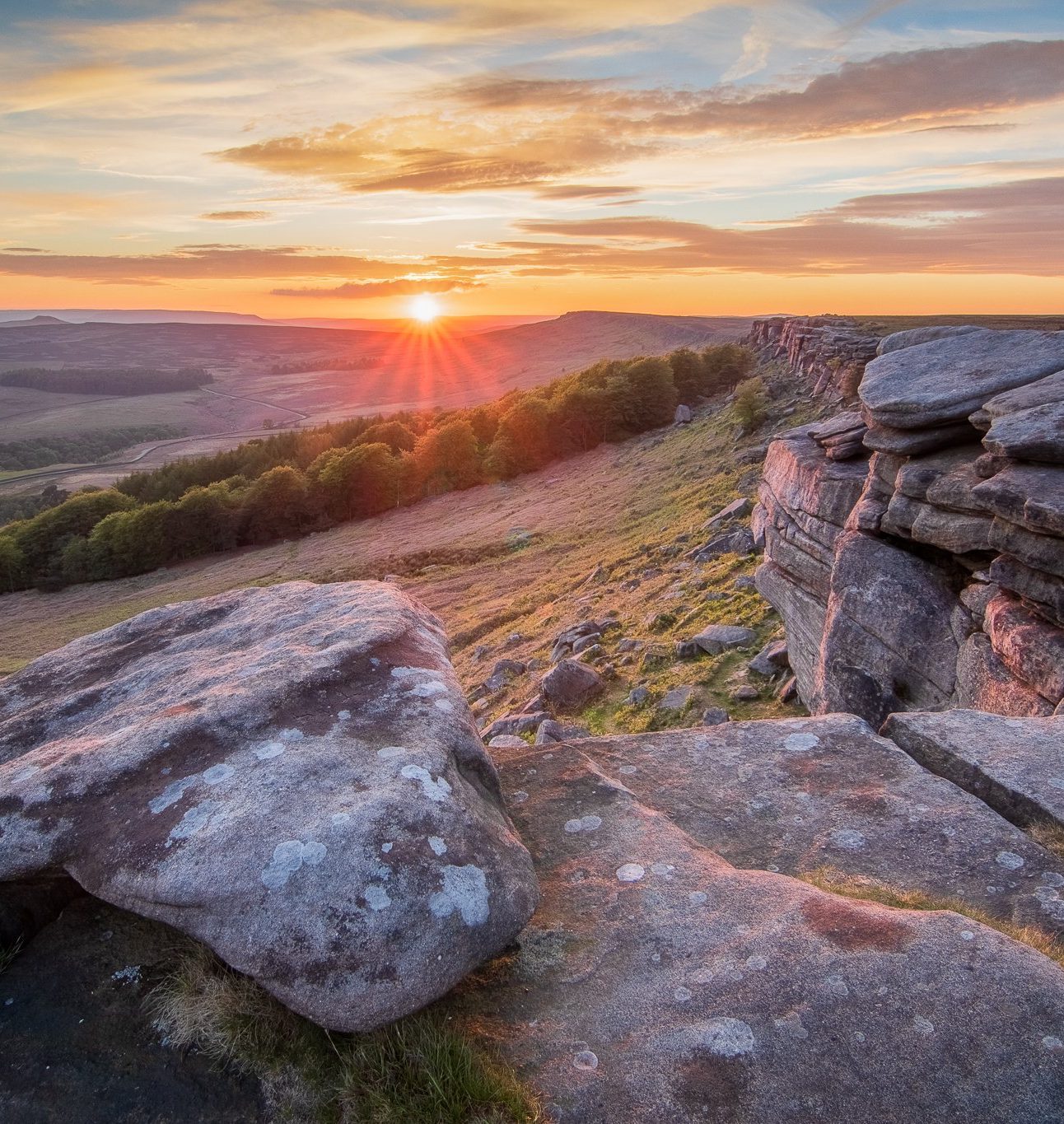
Welcome targets on nature recovery in National Parks but bolder action needed
The Government has set out key targets for restoring nature and habitats in protected landscapes.

The Yorkshire Dales National Park is a haven for wildlife with outstanding scenery and a rich cultural heritage
From rolling hills to striking waterfalls and unique limestone formations, the Yorkshire Dales are a special landscape shaped by human and natural activities. Dotted with distinctive drystone walls, field barns and charming towns and villages, the Dales comprise a variety of semi-natural habitats including patchwork farmland, moorland and meadows.
The Park is vital for many limestone-loving plants and the wildlife they support. Over a quarter of England’s upland hay meadows are found in the Dales, providing a home for nationally important populations of ground nesting birds like the black grouse, alongside rare orchids and other grassland species.
Designated: 11/1954
Habitats: Hay meadows, farmland, moorland
Common wildlife: Waders, including lapwing and curlew
Star spots: Black grouse, red squirrels
Notable towns and cultural sights: Richmond, Fountains Abbey, Wensleydale railway
Notable nature sights: Caves, The Pennine Way, Malham Cove
Popular activities for visitors: Hill climbing, hiking, cycling, rock climbing
Highest peak: Whernside at 736 meters above sea level
Annual visitor numbers: 4.7 million in 2019
Threats: Increasing pressures from farming, climate change

The Government has set out key targets for restoring nature and habitats in protected landscapes.

With National Parks appearing to struggle, Andrew McCloy (Chair of Trustees at Campaign for National Parks) looks into the underlying issues and how systematic changes could help them flourish.

Along with National Park Societies we've signed a joint letter calling for political parties to set out firm commitments on National Parks ahead of the next election.